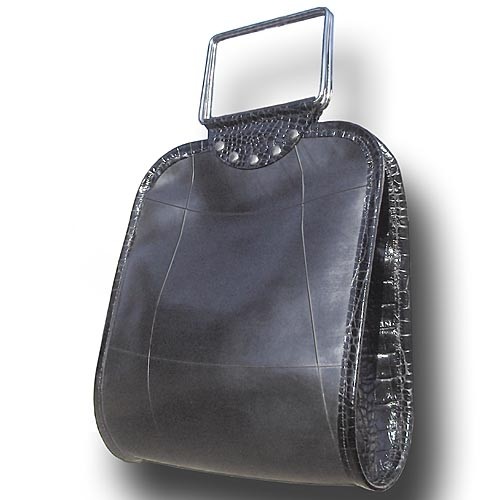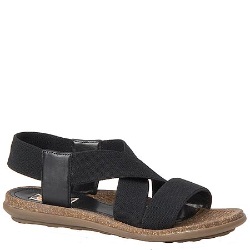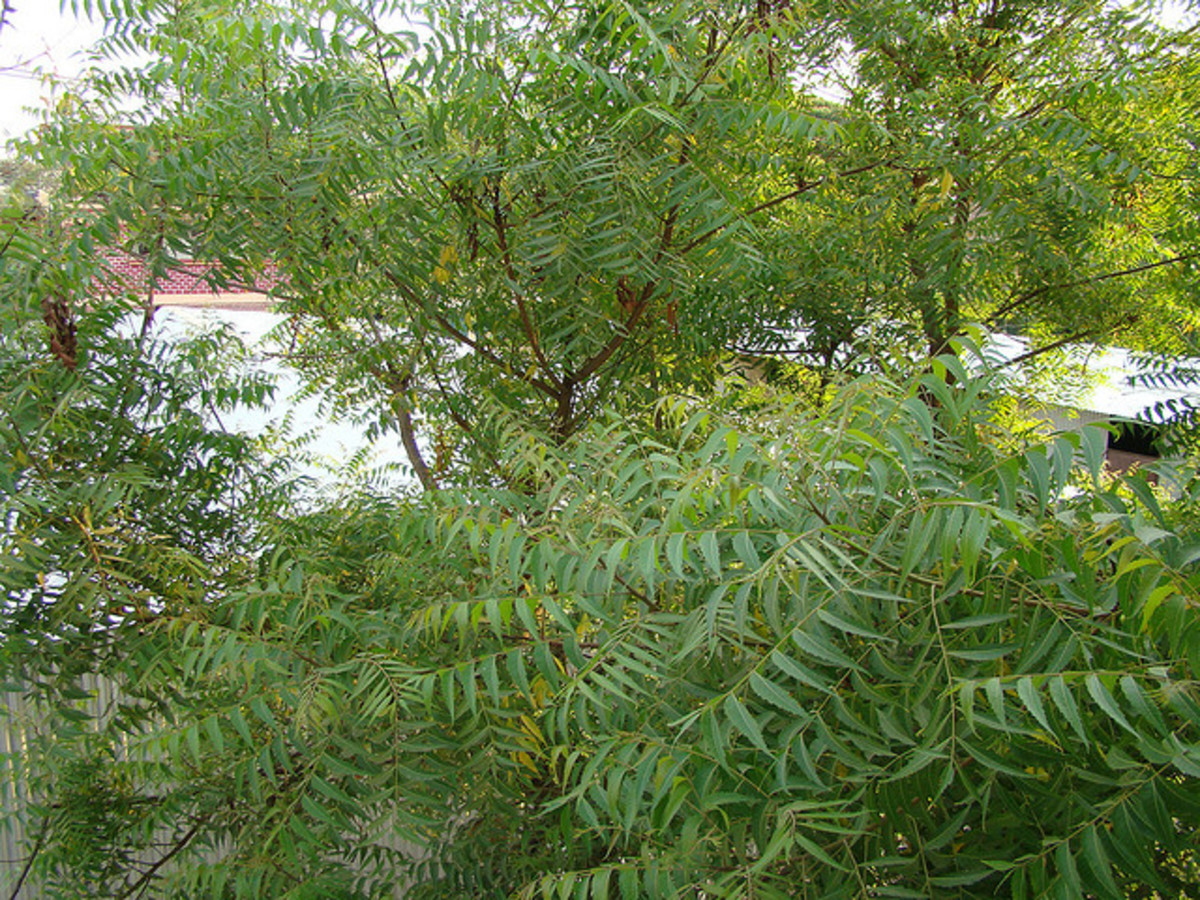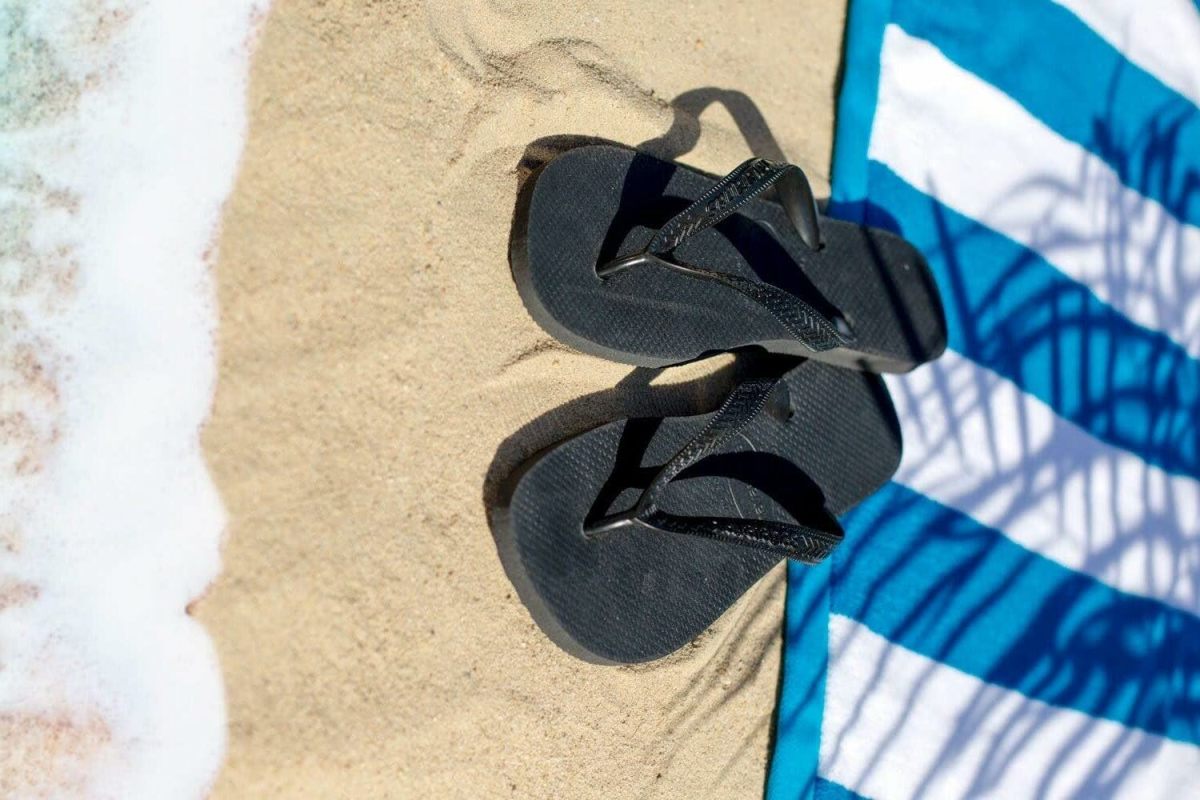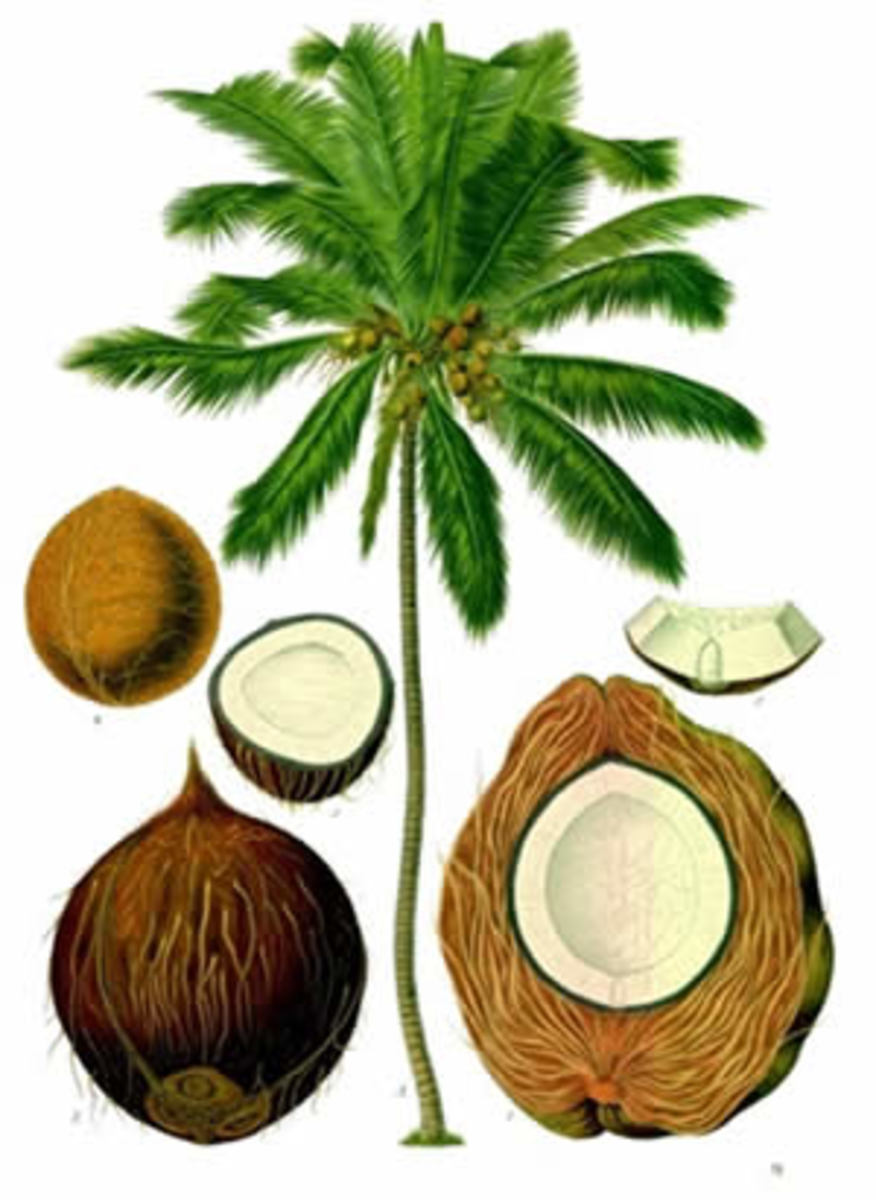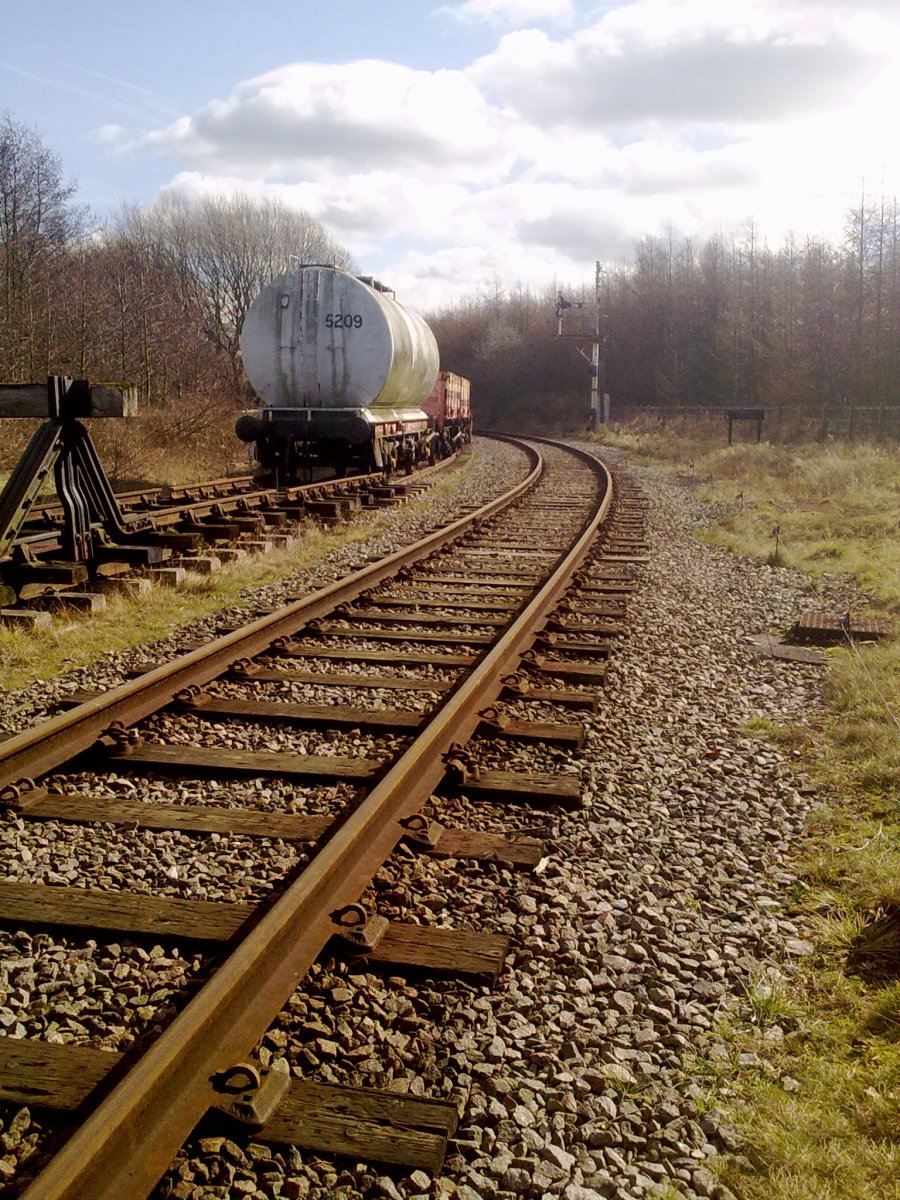Uses for Used Tyres
world choked with used tyres
Click thumbnail to view full-size





Poorer nations show how to dispose of tyres
Getting Rid of that Spare Tyre
In the so called First World these days, used tyres are sent to a plant which separates tyres which can be used again with a new tread, etc., from those beyond redemption. This scrap rubber is then ground up and the metal removed, then sold to people who use it for specialised flooring. Even the dust generated during the process is sold to be used in surfacing.
How different this situation is in rural areas in Mexico where the used car tyre (or tire in the USA…and llanta in Mexico), is used in all sort of imaginative ways.
The poor are the world’s great recyclers, they have to be. Things that Gringos in North America, the UK and elsewhere happily toss away without a thought, are objects to which Mexicans could give another life - if they could get hold of them. There was a time, not so long ago, when even used tin cans had value: Steinbeck talks of trading them for fish and lobster in his wonderful book, “The Log from the Sea of Cortez.”
The trouble with tyres is they are one of the most indestructible man-made objects on the planet; they have to be, of course, to stand up to what we put them through, especially in pot-hole heaven, Mexico. (Many say that Mexican tyres are superior to those in the US and elsewhere because of this, and I have found this to be true).
In Manana-Land, many and ingenious are the uses found for these expensive items when they won’t cut the mustard on the much loved ‘Vocho any longer (VW Beetle, sadly no more). One, which will horrify UK and US readers, is burning them to celebrate a fiesta! Although the authorities had been trying to stop this suicidal practice for 50 years, it still went on until the start of this century, when huge fines and/or a jail sentence reduced the menace to the environment. But on many nights in smog-choked Mexico City when I worked there, we were treated to a rising cloud of black smoke as tequila-fuelled celebrants burned rubber tyres to provide heat on a cold winter eve. Madness!
The huge truck and heavy equipment tyres are cut in half and used as long-lasting and cheap pig and cattle troughs in rural areas. Or with one side cut away, they make a nice sand box for the toddlers. Many ranches have a line of tyres, half buried in the sand or soil, as effective markers for the sides of a driveway; a splash of white paint and the ranch used in Dallas could be no smarter.
The kids also get tyres and a length of stout rope to make a swing over a handy river. You even see them in school playgrounds where they make a sort of obstacle course. On beaches as well tyres can be seen, buried and fixed with wire or rod and bolts and concrete settings, to make all sorts of climbing and tunnelling play areas. One such is situated right now off the La Paz seafront promenade (Malecon) and the kids love it!
Tyres can be turned inside-out (takes strength) and used as planters. One ingenious plan proposed by the Peace Corps was to use a column of tyres in which to grow potatoes. Start with one, then add more with soil as the plant grows. When the potatoes are ready for harvesting, just reverse the process and pick the spuds from the column of exposed soil and roots. Easy to water, add fertilizer and protect from bugs, plus a huge saving on space. I don’t know whether it was attempted, but it sure sounded logical.
Mexicans in sandy Baja California even use the long pieces of tread that fly off truck tyres when they get an explosive flat tyre. They pull up, roll up the shredded piece of rubber, chuck it in the boot (trunk) and use it to stick under their own tyres to get out of the sand if they ever get stuck.
These same desert dwellers also used tyres to make the outside loo. Dig a hole in the sand, a pile of three or four tyres and what could be more comfortable, especially when a couple of rattlers take up residence. (Not a joke, snakes and other reptiles adore used tyres, or corrugated iron, to make a snug lair).
Tyres are also found everywhere in rural Mexico to make signs for businesses. The tyre-man himself, (“llantero”) of course, uses a few tyres with white letters on them to advertise his prices and opening times. But they are also seen in many beach side restaurants and bars.
The almost universal use of tyres is common there, too, that of hanging them along the sides of boats and docks to make effective bumpers - this may be the oldest use of used tyres of all.
Pieces of tyre, nailed on gates and posts, make great hinges; filled with cement, they are used as retaining walls and to keep out floods. One evocative use is by the roofers, or “techeros” who sit on a tyre while removing the spikes from a palm frond.
Finally, a huge industry grew in Mexico over the last 30 years in using pieces cut from tyres to sole the ubiquitous huaraches (sandals). And that was a shame, because the leather-soled ones were much lighter and nicer.
Notes: The clean and effective disposal of used tyres is still a huge problem all over the planet. New ECC rules have forbidden the inclusion of most tyres in landfill in the community countries. (Curiously, I read that new tyres can still be disposed-off like this…eh? Who wants to throw new tyres into the landfill, unless these is some sharp market practise hidden here.) At present, many are being “sold” to other countries, ostensibly to be retreaded and used again. But one can’t help smelling a rat here. For a start, most countries have their own tyres to be retreaded and have the same problem with disposing of the rest; only a small percentage of tyres are still good enough to retread anyway. Could it be that dumping is going on for the usual bribes to the fat cats in poorer nations?





